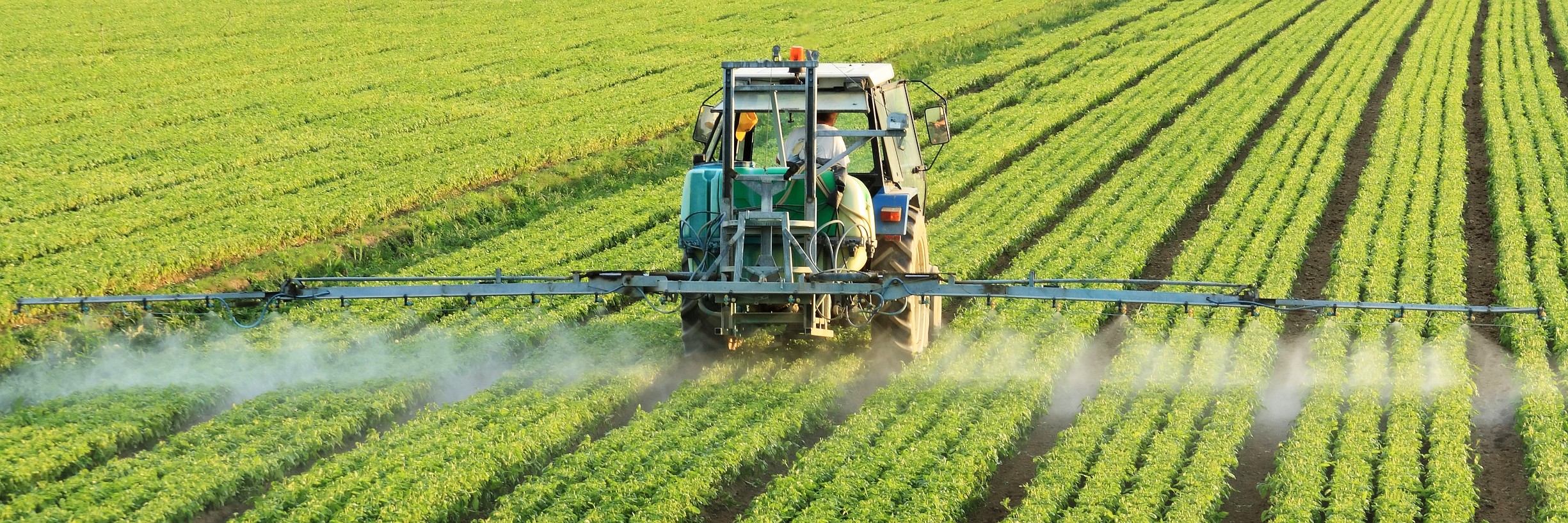Summary
People and animals that eat genetically modified (GM) Roundup Ready crops are potentially eating high levels of Roundup residues. Recent analysis has found that these crops can accumulate up to 100 mg/kg of glyphosate.
GM herbicide-tolerant (Roundup Ready or RR) crops are designed to survive being sprayed with large doses of herbicide that would kill a non-GM crop. Inevitably, RR crops contain far higher levels of Roundup residues than have previously formed part of our diet.1
Since the introduction of GM RR crops, regulators have changed safety rules to allow higher levels of glyphosate residues into the food and feed chain – without any experimental evidence to show that these higher levels of exposure are safe.
For example, after the 1996 commercialization of GM RR soy, EU regulators raised the allowed maximum residue limit (MRL) for glyphosate in imported soy 200-fold, from 0.1 mg/kg to 20 mg/kg.3 The UK government said this was necessary to accommodate the new farm practice of using glyphosate as a desiccant to dry crops before harvest, making grains or beans easier to gather and store without rotting.3 This is true, but it also conveniently coincided with the introduction of RR soy.
In a 1999 press interview, Malcolm Kane, who had just retired as head of food safety at UK supermarket chain Sainsbury’s, said that the European regulators raised the residue limit to “satisfy the GM companies” and smooth the path for GM soy to enter the food and feed market. Kane added, “One does not need to be an activist or overtly anti-GM to point out that herbicide-resistant crops come at the price of containing significant chemical residues of the active chemical in the commercial weedkiller.”3
Recent analysis has found that GM RR plants can accumulate up to 100 mg/kg of glyphosate.4 Some animal feed plants are authorized by the international food standards body Codex Alimentarius to accumulate up to 500 mg/kg.5
It is for this reason, as well as the fact that the other widely grown type of GM plant is engineered to contain an insecticide, that the French researcher Prof Gilles-Eric Séralini calls GM crops “pesticide plants”.6
References
- Bøhn T, Cuhra M, Traavik T, Sanden M, Fagan J, Primicerio R. Compositional differences in soybeans on the market: glyphosate accumulates in Roundup Ready GM soybeans. Food Chem. 2013. doi:10.1016/j.foodchem.2013.12.054.
- Vandenberg LN, Colborn T, Hayes TB, et al. Hormones and endocrine-disrupting chemicals: Low-dose effects and nonmonotonic dose responses. Endocr Rev. 2012;33(3):378-455. doi:10.1210/er.2011-1050.
- Poulter S. Pesticide safety limit raised by 200 times “to suit GM industry.” Daily Mail. http://www.connectotel.com/gmfood/dm210999.txt. Published September 21, 1999.
- Testbiotech. Spraying with Glyphosate Leaves High Levels of Residue in Soybeans. Munich, Germany; 2013. Available at: http://www.testbiotech.org/sites/default/files/Testbiotech_Glyphosate_Argentinia.pdf .
- Codex Alimentarius. Pesticide Residues in Food and Feed: 158 Glyphosate. Food and Agriculture Organization and World Health Organization; 2013. Available at: http://www.codexalimentarius.net/pestres/data/pesticides/details.html?id=158.
- Vidal J. FSA “endangering public health” by ignoring concerns over GM food. The Guardian. http://www.theguardian.com/environment/2013/sep/05/gm-food-cancers-fsa. Published September 5, 2013.
